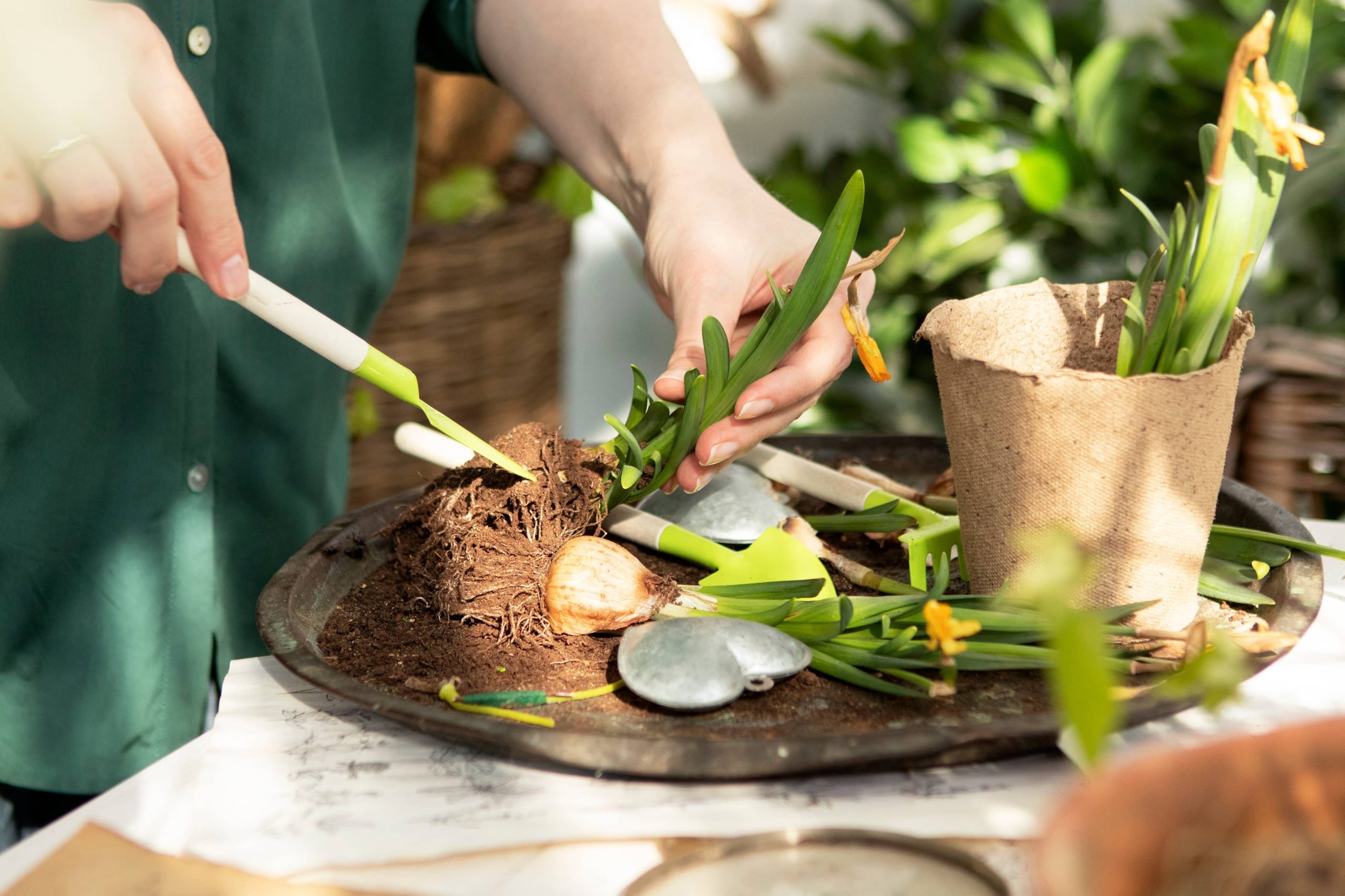
If you’re looking for a simple yet effective way to elevate the aesthetic appeal of your home, floating shelves might just be the perfect solution. Not only are they visually appealing, but they also offer a minimalist look that blends seamlessly into any décor. In this blog post, we’ll walk you through a comprehensive guide on building your own floating shelves, helping you achieve a bespoke touch in your living space.
Why Opt for Floating Shelves?
Floating shelves are popular for several reasons. They offer a modern, sleek appearance, making them an attractive addition to living rooms, kitchens, bathrooms, or bedrooms. Besides aesthetics, they are functional. Floating shelves are ideal for displaying books, artwork, photographs, or even plants, and can help you make the most of unused wall space while creating a feeling of spaciousness.
Materials and Tools You’ll Need
Before embarking on your DIY project, gather the following materials and tools:
Materials:
– Wooden boards (hardwoods like oak or walnut for a premium look)
– Wall anchors or toggle bolts
– Brackets (hidden brackets for that floating appearance)
– Wood stain or paint (optional, based on your preferred finish)
– Wood screws
– Sandpaper (medium and fine grit)
– Wood filler (if needed)
Tools:
– Drill
– Level
– Tape measure
– Saw (a miter saw or circular saw works well)
– Screwdriver
– Paintbrush or roller (if painting/staining)
– Stud finder
Step-by-Step Guide to Building Floating Shelves
1. Plan Your Shelves
Begin by deciding where you want your floating shelves and what items you’ll place on them. This will help you determine the dimensions and length. Ensure your shelves are proportional to the available wall space and the room’s overall design.
2. Find the Studs
A stud finder is invaluable here. Slide it across the wall to locate the studs, marking their placements with a pencil. Mounting the shelves directly into studs will provide sturdier support than using just wall anchors or dry wall alone.
3. Cut the Wooden Boards
Using a miter saw or a circular saw, cut your wooden boards to the desired length. It’s crucial to measure and recheck measurements before making any cuts to ensure precision.
4. Sand and Finish the Wood
Once cut, sand down the boards using medium-grit sandpaper, progressing to fine grit for a smooth finish. Decide if you want to leave the wood natural, stain it, or paint it, depending on your room’s color scheme and style. For a durable finish, apply a clear wood sealant after staining or painting.
5. Mount the Brackets
Hold the brackets against the wall where you want your shelves to go, using a level to ensure they’re straight. Use a drill to pre-drill holes where you’ll secure the brackets. If you’re not using studs, ensure wall anchors or toggle bolts are used for extra support. Secure the brackets firmly into place.
6. Attach Shelves to Brackets
Position your finished wood plank over the brackets. Use wood screws to attach the shelf securely to the bracket. Ensure everything is level one more time before tightening the screws completely.
7. Style Your Shelves
With the brackets and shelves securely in place, it’s time to style them. Consider a balance of books, small artworks, and plants. Remember the ethos of less is more, ensuring the shelves aren’t overcrowded, which might detract from their clean design.
Extra Tips for a Seamless Experience
– Precision is Key: Accurate measurements and cuts are crucial, as even the slightest deviation can throw off the overall balance and look of the shelves.
– Weight Limit: Pay attention to the load capacity of your brackets and the wall’s ability to bear weight. Avoid overloading the shelves.
– Custom Designs: Don’t be afraid to experiment with shapes and sizes. As you grow more confident with your DIY skills, consider adding unique finishing touches like rounded edges, live edges, or an assortment of differently sized shelves for an eclectic look.
Final Thoughts
Creating your own floating shelves is not only rewarding but also a cost-effective way to customize your home environment. These shelves serve as functional artistic accents, showcasing personal items while enhancing your home’s decor without the need for bulky furniture.
Whether you are a seasoned DIY expert or a novice eager to begin your crafting journey, building floating shelves is a manageable project that promises impressive results. The mastery of this simple yet impactful home improvement skill will inspire you to tackle more ambitious projects in the future.
Ready to transform your space? Happy DIYing! Feel free to share your before-and-after photos or any creative tweaks you made to your floating shelves. We’d love to see how this project unfolds in your home, adding a unique touch to your living environment.







